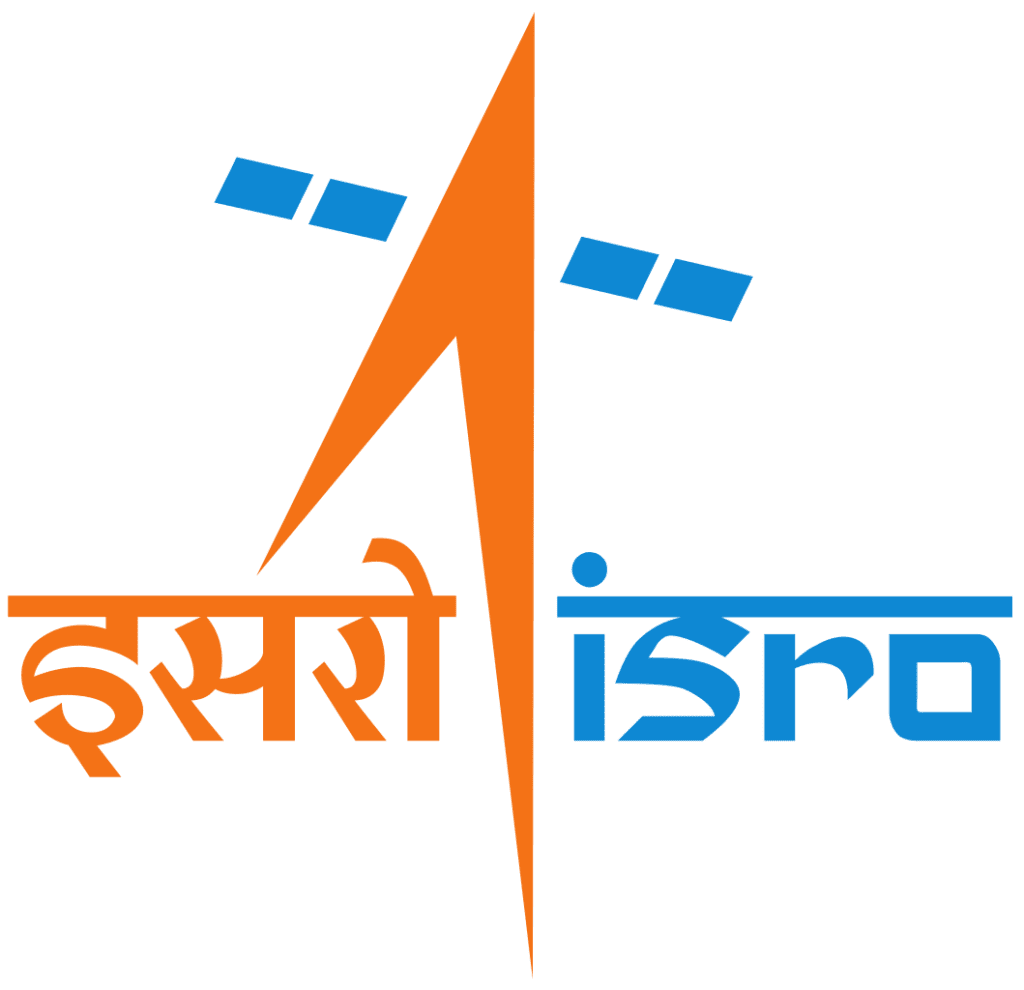Indian Space Policy 2023: Expanding Horizons for Space Exploration and Development
Taarkik Legal
India, a rising power in space exploration and technology, has recently unveiled its much-anticipated Indian Space Policy 2023. This ground-breaking policy aims to propel the nation’s space program to new heights, fostering innovation, scientific research, and international collaborations. With an emphasis on enhancing space infrastructure, promoting commercialization, and undertaking ambitious space missions, India’s space policy sets the stage for a remarkable journey into the cosmos. In this article, we delve into the details of the Indian Space Policy 2023, exploring its objectives, key components, space missions, benefits, challenges, and future perspectives.

In recent decades, India has emerged as a formidable player in the global space arena. With remarkable achievements like the Mars Orbiter Mission (MOM) and the successful launch of numerous satellites, India’s space program has garnered international acclaim. Building upon these accomplishments, the Indian Space Policy 2023 provides a comprehensive roadmap for the nation’s space endeavours.
OVERVIEW OF THE INDIAN SPACE POLICY
The Indian Space Policy 2023 sets forth a strategic framework for the development and utilization of space resources. It envisions India as a global leader in space technology, fostering a robust and self-reliant space industry. The policy aims to leverage space-based assets for national development, socio-economic benefits, and the overall well-being of its citizens.
OBJECTIVES OF THE INDIAN SPACE POLICY
The Indian Space Policy 2023 has several key objectives that guide its implementation:
1. Development of Space Infrastructure
One of the primary objectives of the Indian Space Policy is to augment space infrastructure. This involves the establishment of advanced satellite systems, ground stations, and launch facilities. By bolstering infrastructure, India aims to enhance its space capabilities, support research and development, and facilitate communication and remote sensing applications.
2. Enhancing International Collaborations
The policy emphasizes strengthening international collaborations in space exploration and technology. India seeks to foster partnerships with space agencies, research institutions, and industry players worldwide. Through these collaborations, India aims to leverage shared expertise, resources, and knowledge, promoting mutual growth and advancements in space science.
3. Strengthening Research and Development
The Indian Space Policy underscores the importance of research and development (R&D) in space technology. It encourages the scientific community to undertake cutting-edge research, innovate new technologies, and develop advanced systems for space exploration. The policy also aims to foster a culture of innovation, entrepreneurship, and skill development in the space sector.
4. Promoting Space Industry and Commercialization
Recognizing the economic potential of the space sector, the Indian Space Policy focuses on promoting space industry and commercialization. It encourages the participation of private players, startups, and entrepreneurs in space-related activities. By fostering a thriving space industry, India aims to create job opportunities, stimulate economic growth, and nurture technological advancements.
SPACE EXPLORATION AND MISSIONS
The Indian Space Policy 2023 paves the way for ambitious space exploration and missions, showcasing India’s determination to reach new frontiers and expand our understanding of the universe. Let’s take a closer look at two significant missions that highlight India’s commitment to space exploration.
1. Chandrayaan-3: India’s Lunar Mission
Building upon the success of Chandrayaan-1 and Chandrayaan-2, the Indian Space Research Organisation (ISRO) is preparing for Chandrayaan-3, India’s third lunar mission. This mission aims to further explore the moon’s surface, conduct scientific experiments, and gather invaluable data. Chandrayaan-3 will consist of an orbiter, lander, and rover, working in harmony to uncover the moon’s mysteries. The mission will not only advance our knowledge of the moon but also enhance our understanding of planetary bodies and their evolution.
2. Gaganyaan: India’s Manned Space Mission
One of the most ambitious projects under the Indian Space Policy 2023 is Gaganyaan, India’s first manned space mission. This landmark endeavour aims to send Indian astronauts into space, making India the fourth nation to achieve human spaceflight capabilities. Gaganyaan will launch a crewed spacecraft, carrying a team of talented astronauts, on a journey beyond Earth’s boundaries. This momentous mission not only symbolizes India’s technological prowess but also serves as an inspiration for future generations, igniting their passion for space exploration.
These space missions under the Indian Space Policy demonstrate India’s commitment to scientific discovery, technological innovation, and pushing the boundaries of human knowledge. By venturing into the vastness of space, India strives to unravel the secrets of the cosmos and foster a sense of wonder and curiosity among its citizens.
BENEFITS AND IMPACT OF THE INDIAN SPACE POLICY
The Indian Space Policy 2023 brings with it a multitude of benefits and impacts that extend beyond scientific exploration.
1. Socio-economic Benefits
The Indian Space Policy aims to leverage space technology for socio-economic development. Satellite-based applications, such as remote sensing, weather forecasting, and communication services, contribute to disaster management, agriculture, navigation, and telemedicine. These advancements empower communities, improve resource management, and enhance the overall quality of life. Furthermore, the policy’s emphasis on promoting the space industry and commercialization creates employment opportunities, stimulates economic growth, and fosters innovation and entrepreneurship.
2. Technological Advancements
Through this Policy 2023, India seeks to propel technological advancements in space science and related fields. Research and development initiatives enable the creation of cutting-edge technologies, such as advanced satellite systems, launch vehicles, and propulsion systems. These technological breakthroughs not only benefit space exploration but also find applications in various sectors, including communication, defence, transportation, and environmental monitoring. By nurturing a culture of innovation and pushing the boundaries of technology, India positions itself at the forefront of scientific progress.
3. National Security and Defence
Space-based assets play a crucial role in ensuring national security and defence. The Policy recognizes this significance and focuses on strengthening the country’s space-based surveillance, intelligence gathering, and reconnaissance capabilities. By developing and deploying advanced satellites, India enhances its situational awareness, border security, and disaster response capabilities. The policy also facilitates international collaborations in space-based security initiatives, promoting regional stability and cooperation.
The Policy’s multi-faceted benefits encompass socio-economic development, technological advancements, and national security. By harnessing the power of space exploration and technology, India aims to uplift its citizens, foster innovation, and secure its position as a global leader in space science and exploration.
CHALLENGES AND FUTURE PERSPECTIVES
While the Indian Space Policy 2023 presents exciting opportunities for India’s space program, it also brings along certain challenges that need to be addressed.
1. Technological Advancements and Innovation
Advancing space technology requires continuous innovation and the ability to stay at the forefront of scientific developments. India must invest in research and development to foster indigenous capabilities and reduce dependency on foreign technologies. Collaborations with international partners can also facilitate knowledge exchange and technological advancements.
2. Budgetary Constraints
Space exploration and missions demand substantial financial investments. Ensuring adequate funding for ambitious projects under the Indian Space Policy is crucial. The government must allocate sufficient resources to sustain and expand the space program, fostering long-term growth and innovation.
3. Human Resources and Skill Development
To excel in space exploration, India needs a skilled and diverse workforce. Strengthening educational programs, providing training opportunities, and attracting talent from various disciplines are vital to building a robust space industry. Promoting STEM (Science, Technology, Engineering, and Mathematics) education and nurturing a culture of scientific inquiry can help address the human resource challenges.
4. International Collaborations and Partnerships
Collaborations with other space-faring nations and international organizations are vital for sharing expertise, resources, and knowledge. Establishing strong partnerships will enable India to access advanced technologies, enhance scientific research capabilities, and undertake joint space missions. Building effective diplomatic relationships and fostering international cooperation should be a priority.
FUTURE PERSPECTIVES
Looking ahead, the Indian space program holds immense potential for growth and achievements.
1. Exploration of Mars and Beyond
Building on the success of the Mars Orbiter Mission (MOM), India can further explore Mars and conduct more in-depth scientific investigations. Additionally, India can actively contribute to international missions focused on exploring other celestial bodies, such as asteroids and moons of other planets.
2. Space-based Applications for Sustainable Development
India can continue leveraging space-based applications to address societal challenges and promote sustainable development. By using remote sensing and satellite data, India can enhance its capabilities in agriculture, water resource management, urban planning, and environmental conservation.
3. Expansion of Space Industry and Commercialization
The Indian Space Policy emphasizes the promotion of the space industry and commercialization. Encouraging private sector participation and startups in space-related activities will foster innovation, create new business opportunities, and drive economic growth in the space sector.
4. Space Education and Outreach
India can invest in space education and outreach programs to inspire and educate the younger generation about the wonders of space. Engaging students in hands-on activities, organizing space camps, and supporting space-related competitions can nurture a passion for science and technology.
In conclusion, the Indian Space Policy 2023 presents India with exciting prospects for space exploration, technological advancements, and socio-economic development. By addressing challenges and capitalizing on future perspectives, India can propel its space program to new heights, making significant contributions to humanity’s understanding of the universe and fostering a brighter future for all.
